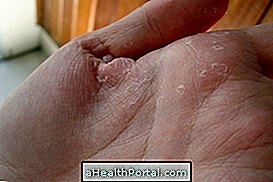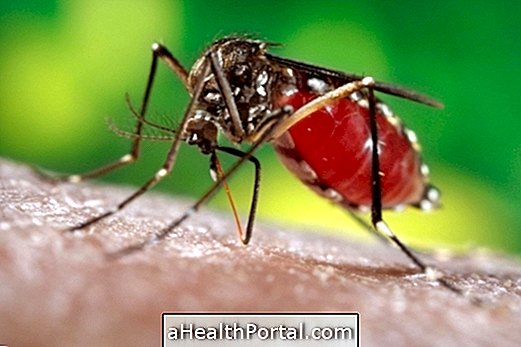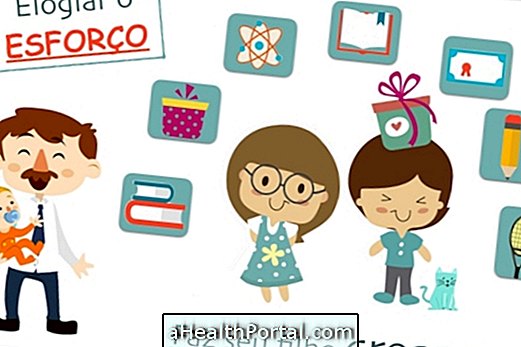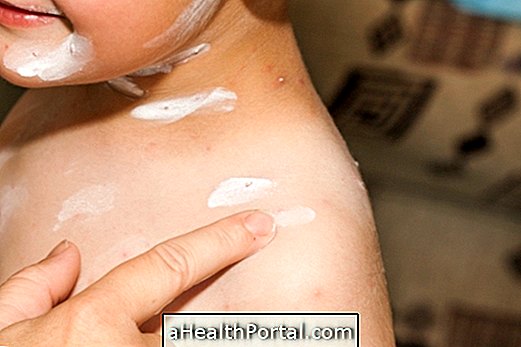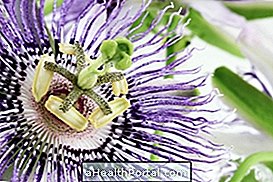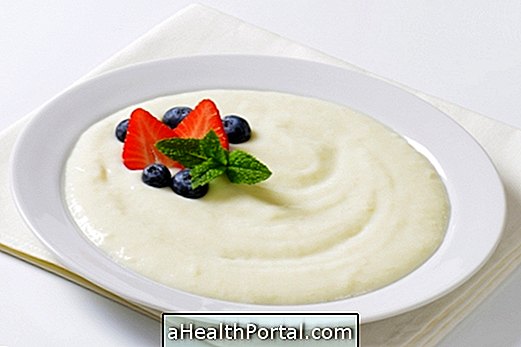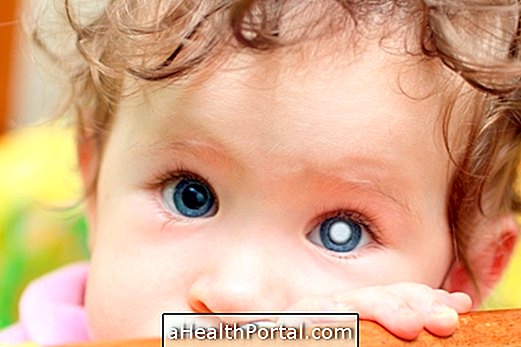Signs and symptoms of allergy to gelatin are more common in people who are prone to allergies and appear the first time food is ingested. Signs and symptoms that may indicate allergy to gelatin are:
- Pale and ball-shaped skin;
- Itching through the body;
- Low pressure;
- Dripping nose;
- Dizziness;
- Tingling in the mouth;
- Cardiac arrhythmia e
- Difficulty breathing because of throat swelling.
These symptoms are severe and may appear immediately after eating gelatin, or they may appear up to 48 hours after taking a medicine or an injection that contains gelatin in its composition.
Allergy to gelatine can occur due to a genetic alteration, and may also occur in some adults, mainly Eastern, but due to the mixture of races, some Brazilians who have in their family ancestry may inherit this gene.
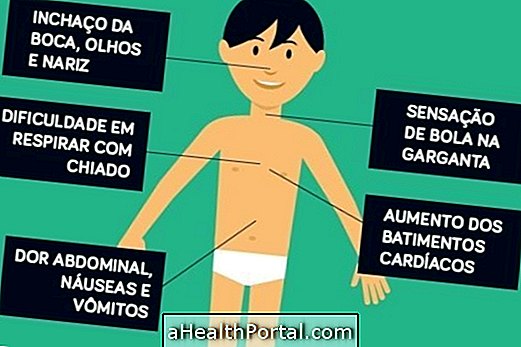
What to do in case of allergy to gelatine
In case you have any allergic symptoms after eating gelatin or taking any vaccine that has gelatin, you should go to the emergency room immediately to avoid more serious complications.
It is important to go to the hospital because in some people the allergic reaction can be so strong that it prevents the passage of air through the airways, causing asphyxiation and this change can only be solved with medicines inside the hospital.
What is Gelatin?
In addition to the classic gelatin powder used in the preparation of sweets and desserts, gelatine can also be found in:
| Medicines | Vaccines |
| Gelofusine | Viral triple: Measles, Mumps and Rubella |
| Physiogel | Varicella |
| Plasmagel | Rage |
| Plasmion | Yellow fever |
| Gelifundol | Japanese encephalitis virus |
| Haemaccel | Influenza |
Although to a lesser extent, gelatin may also be present in the diphtheria, tetanus, and pertussis vaccine.

The best way to avoid gelatin allergy crises is not to eat gelatin or gelatine, and in the case of vaccines make a treatment before taking any vaccine so there are no complications.
Can Babies Eat Jell-O?
Children should only start eating gelatine after 1 year of age, and it is recommended to avoid green and yellow colors, giving preference to red, at least initially. Even so, gelatine should only be offered once a week and in small quantity.
In addition, some children are allergic to gelatine used as dessert due to their dyes, which are present in all brands in fairly high amounts. Therefore, parents should only offer gelatine to the baby after 1 year of age.

Non-allergic gelatin recipe
To prepare a delicious gelatine that does not have artificial dyes, being great to offer the children it is necessary:
Ingredients:
- 1 package of unflavored gelatin
- 2 glasses of pure orange juice (or grape juice)
Method of preparation:
Mix the orange juice with the unflavored gelatin, mix well and then put in individual shapes in the refrigerator to cool. Another possibility is the preparation of Agar Agar gelatine also with fruit juice, which also has no dyes, being a natural gelatin, which quickly gets ready and does not need refrigeration.
See other foods that your child can not eat until they are 3 years old.



